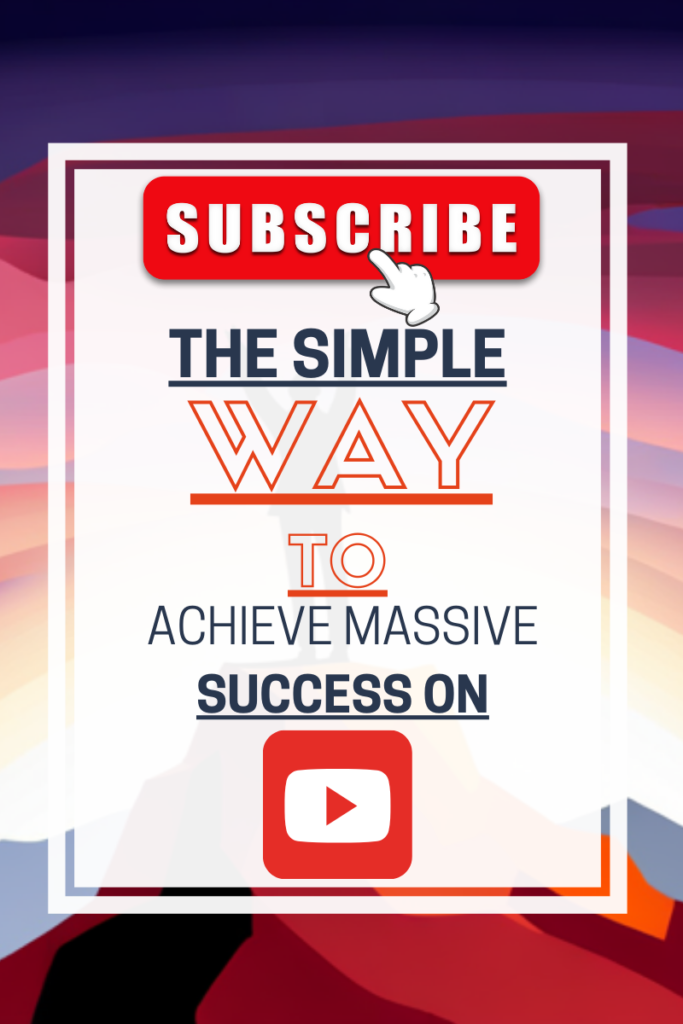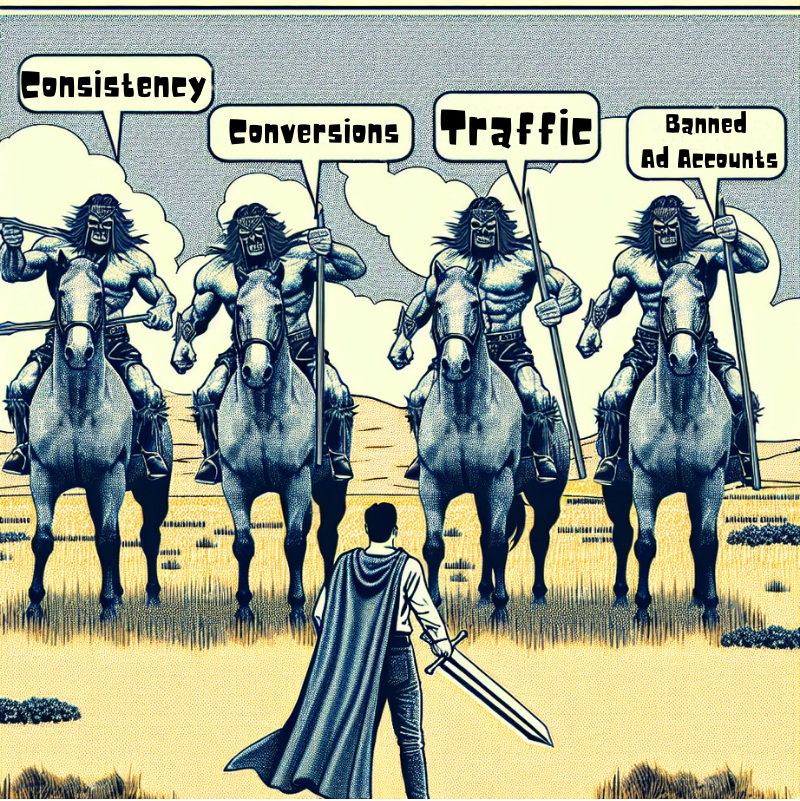Hey Solopreneur,
Imagine you’re about to embark on the wild ride of Internet marketing. You’re at the start of a vast maze, with signs pointing every way, each promising the key to online success. It’s confusing, right? But just when you think you’re lost for good, Wealthy Affiliate steps into the spotlight.It’s like having a GPS in a labyrinth, guiding newbies and experts through affiliate marketing. This review doesn’t just unpack Wealthy Affiliate; it slices into it with sushi chef precision, revealing both its potent strengths and its notable flaws. So grab your chopsticks—we’re serving a balanced look at how Wealthy Affiliate can boost your online earnings.
As interest in affiliate marketing grows, understanding platforms like Wealthy Affiliate is key for those wanting to monetize their online presence. This review will cover Wealthy Affiliate’s features, from an initial overview to in-depth looks at its training programs, web hosting, community support, and tools that enhance success. Moreover, we’ll discuss the monetization potential via Wealthy Affiliate’s affiliate program and tools like Jaaxy for keyword research. Finally, we’ll lay out the pros and cons distilled from extensive research and user feedback to help you determine if this platform aligns with your digital marketing and blogging goals.
Embarking on the Wealthy Affiliate Journey
Founded in 2005 by Kyle Loudon and Carson Lim, Wealthy Affiliate has blossomed into a dynamic community with over 1.4 million members ranging from beginners to seasoned marketers. Its standout features include a robust educational framework that caters to varying skill levels. The step-by-step training simplifies starting an online business into manageable phases, from niche selection and website building to search engine optimization and traffic monetization. This structure is enriched with webinars, live sessions, and a wealth of written content, ensuring that members are well-equipped with up-to-date and comprehensive information.
The platform’s user experience prioritizes simplicity and efficiency. Members can utilize the SiteRubix website builder to effortlessly create and manage their sites. Additionally, a suite of tools for keyword research, website analysis, and performance tracking are integrated into the platform, allowing seamless project management without external software.
The Power of Community and Support
A defining strength of Wealthy Affiliate is its supportive community. Members can connect through forums and live chat, sharing insights and experiences that enhance the learning environment. The platform boasts a team of over 1,800 coaches available to provide guidance, answer questions, and offer personalized advice. This level of support is invaluable, especially for those new to affiliate marketing.
Membership Plans: Free to Premium Plus
Wealthy Affiliate caters to different levels of commitment and investment with its free and premium membership plans. The free plan includes basic training and limited access to tools, ideal for beginners exploring the platform. The premium plan offers full access to educational resources, tools, and support channels, suitable for those serious about building a profitable online business.
Ethical Marketing and Monetization
Wealthy Affiliate promotes an ethical approach to affiliate marketing, focusing on organic traffic and high-quality content. Unlike many other platforms, it does not rely on aggressive sales tactics or multi-level marketing schemes. Instead, it emphasizes providing value, building trust, and promoting genuinely useful products, aligning with best practices in digital marketing.
The Pros and Cons of Wealthy Affiliate
Pros:
- Comprehensive training resources and tools.
- A vibrant community providing support and mentorship.
- Ethical marketing practices focused on organic growth.
- Flexible membership plans catering to different needs.
Cons:
- The vast amount of information can be overwhelming for newcomers.
- The most beneficial features are behind paid plans.
- Focuses primarily on organic strategies, which may not suit those relying heavily on paid advertising.
Conclusion: Is Wealthy Affiliate Right for You?
Wealthy Affiliate offers a comprehensive, accessible, and ethical platform for anyone looking to start or enhance their online business through affiliate marketing. Whether you’re a beginner needing step-by-step guidance or an experienced marketer seeking advanced strategies, Wealthy Affiliate provides the tools, resources, and community support needed for success.
For those ready to embark on or elevate their affiliate marketing journey, Wealthy Affiliate offers a risk-free way to explore its capabilities with a free starter membership. This inclusive approach emphasizes ethical marketing practices and long-term growth, serving as a beacon for aspiring entrepreneurs navigating the intricacies of affiliate marketing.
Wealthy Affiliate stands as a testament to the potential of earning money online through affiliate marketing, providing an extensive education program and community-driven support. Despite some criticisms, its impressive ratings on Trustpilot reflect its trustworthiness and potential to enhance your online income journey. Whether you’re just starting or looking to scale your efforts, Wealthy Affiliate offers a pathway to achieve your online business goals.








